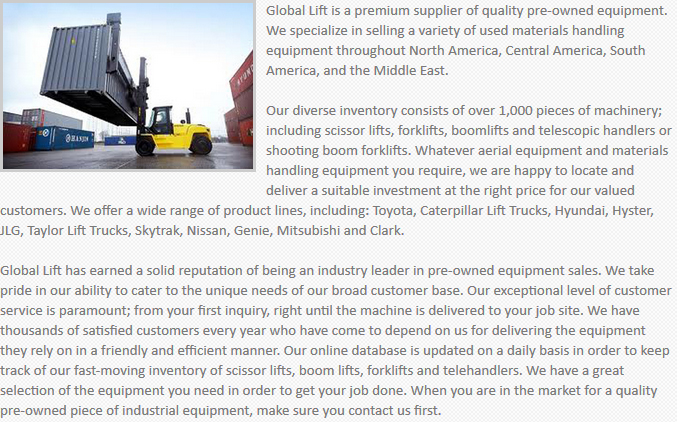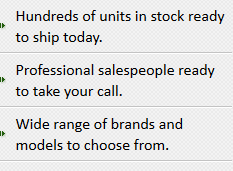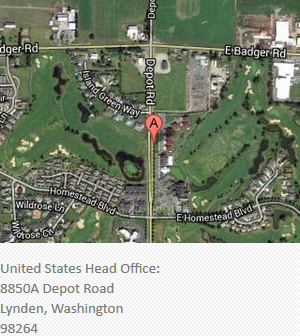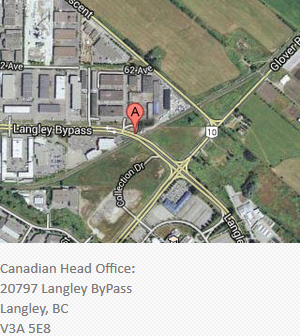About Global Lift Used Forklifts Norwalk
Global Lift Norwalk - The following classes of forklift describe the application and fuel option of each forklift. Certification is truly needed for each class of forklift that the operator would be utilizing.
Class 1
These forklifts are available with either cushion tires or pneumatic tires. Pneumatic tires are suggested in dry conditions for outdoor use. The models with cushion tires are designed for indoor surfaces which are smooth. These are electrically powered vehicles which use industrial batteries, that make them desirable within closed locations where air quality is an issue. Travel and hoist functions are controlled by transistor motor controllers. These are versatile units normally used everywhere from storage facility to the loading dock.
Class 2
For the type of environment where narrow aisles should be negotiated, this specific type of forklift is suitable. They are effective at making the most of storage space. Their unique design makes them ideal where speed is needed and for small spaces.
Class 3
These are hand-controlled and battery-powered models. Making use of a steering tiller, the operator can control the lift while standing in front of the truck. The tiller has controls mounted on top and is moved laterally to steer the vehicle. The units which have smaller capacity utilize industrial batteries.
Forklifts have been an essential tool within industry and commercial businesses since the year 1917. During its history the forklift has changed through different kinds, from a simple tractor with a platform attachment to a particular high-tech equipment. Forklift tires have also changed into particular tires, with different types designed to suit particular applications.
Rubber or solid polyurethane are the types of materials utilized to construct cushion tires. They are best for indoor applications on surfaces that are smooth. The cushion tire tread is bonded or pressed onto the tire's steel ring. Cushion tires are rated ease of steering and for different load capacities. Cushion tires are commonly utilized in warehouse settings.
Foam or air is used to fill pneumatic forklift tires. They come in two types: radial or bias. Depending on the use, they are offered with various tread depths, weight and sidewall protection. Pneumatic forklift tires that are filled with foam maintain constant pressures and are less prone to punctures. Pneumatic tires are normally used outdoors on uneven, rough surfaces.
The comfortable ride which pneumatic tires provide along with the puncture resistance that solid tires provide are the combined features of Solid Pneumatic Hybrid Tires. They are a great option to the outdoor pneumatic tire.
Utilized on wheel loader forklifts are large rubber tires that could either be foam, solid or pneumatic. These types of tires are suitable for loading and transporting bulk things onto trucks or into processing equipment. Big flotation pneumatic tires are suited for masted rough terrain forklifts usually utilized at auto recyclers, lumberyards and construction sites.
Forklifts are powered lift trucks which are utilized in a wide variety of industries to move heavy supplies and products. Forklifts are tough and reliable machinery which are necessary tools in construction and warehouse environments. Forklift models vary depending on the kind of fuel that is used to power the lift truck and the type of work setting.
Electric powered lift trucks are best for indoor environments, or in locations with limited ventilation because they make no exhaust fumes. They are designed with industrial strength batteries. Because the electric forklift batteries need charging, the worksite must have a charging station. The batteries are durable and could be re-charged up to 1,500 times before they have to be replaced. The charging station must be located in a ventilated area and include an acid spill kit and an emergency eyewash station.
Liquid propane powered forklifts are commonly used in modern industrial applications since propane has some benefits over electric and diesel. Propane models are cleaner to use than diesel-powered units. There is no down time required to recharge an industrial battery, and the cost of electricity is more compared to the cost of propane. A forklift propane tank could be easily and quickly refueled by changing out the empty tank with a full tank. Usually an off-site supplier refills the empty tank, making refueling very safe and efficient.
For outdoor applications and rough terrain, the diesel and gas forklifts are the equipment of choice. These machines are quite common in lumber yards and on construction sites. Their disadvantages comprise relatively high maintenance needs, odorous exhaust and relatively high fuel costs. Their advantages include a longer lifespan compared to other units and dependability in tough conditions. Diesel and gasoline units should be refueled at a supply station on site that meets health and safety policies.

Contact Info

Questions or Comments





